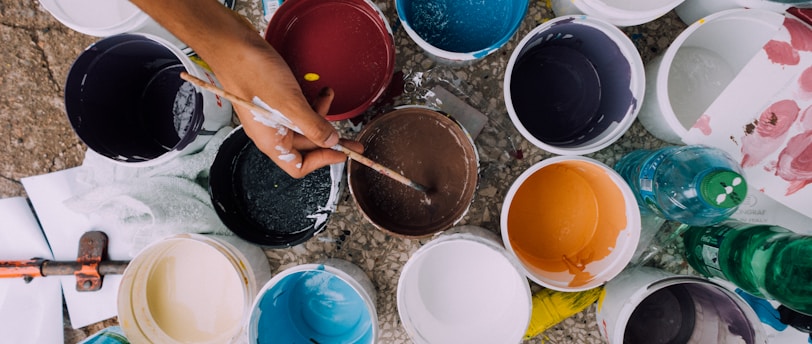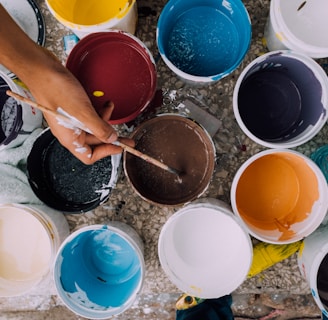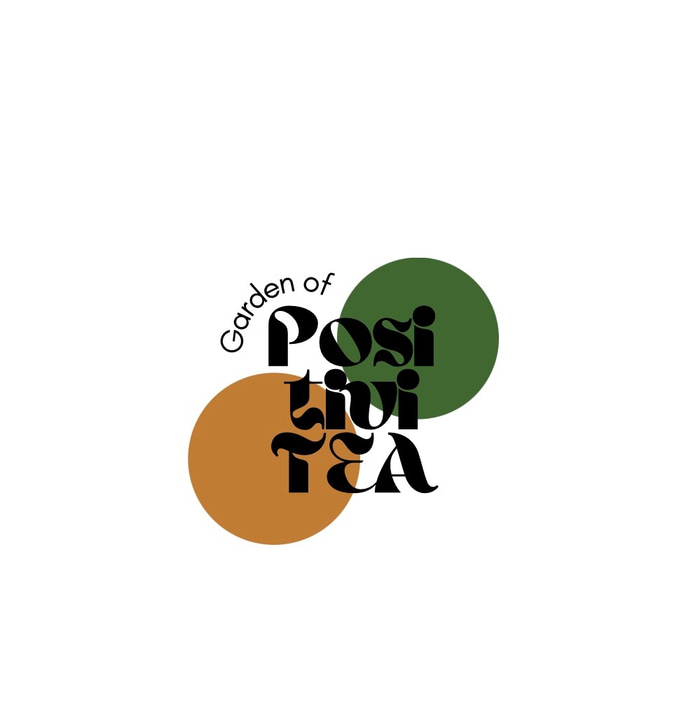The Healing Canvas: Exploring the World of Art Therapy
In this post I discuss the many benefits of using art as a therapeutic technique.
MENTAL HEALTH


Art has long been recognized as a powerful form of expression, capable of transcending language barriers and communicating complex emotions. In recent years, the field of psychology has embraced the therapeutic potential of art through a practice known as art therapy. This blog post delves into what art therapy is and highlights some of its remarkable benefits, drawing insights from various cited articles and research studies.
Defining Art Therapy: Art therapy is a form of psychotherapy that utilizes the creative process of making art to improve and enhance the physical, mental, and emotional well-being of individuals. Instead of relying solely on verbal communication, art therapy taps into the inherent expressive nature of art to help individuals explore and understand their thoughts and feelings.
Benefits of Art Therapy:
Emotional Expression and Regulation:
According to a study by Stuckey and Nobel (2010), art therapy provides a unique outlet for emotional expression, allowing individuals to externalize and process complex feelings.
Stress Reduction:
The American Art Therapy Association (AATA) suggests that engaging in artistic activities can help reduce stress by promoting relaxation and mindfulness.
Enhanced Communication:
A research article in the Journal of the American Art Therapy Association (Malchiodi, 2015) highlights how art can serve as a non-threatening medium for communication, particularly beneficial for those who struggle with verbal expression.
Self-Exploration and Insight:
The Journal of Applied Arts & Health published a study (Gilroy, 2006) emphasizing the role of art therapy in facilitating self-exploration and gaining insights into one's inner world.
Improvement in Mental Health Conditions:
A systematic review by Van Lith et al. (2018) in the British Journal of Clinical Psychology indicates that art therapy interventions show promise in improving mental health outcomes for various populations.
References:
Stuckey, H. L., & Nobel, J. (2010). The connection between art, healing, and public health: A review of current literature. American Journal of Public Health, 100(2), 254-263.
Malchiodi, C. A. (2015). Art therapy and health care. Journal of the American Art Therapy Association, 32(3), 131-135.
Gilroy, A. (2006). Art therapy, research, and evidence-based practice. Journal of Applied Arts & Health, 1(1), 15-26.
Van Lith, T., Schofield, M. J., & Fenner, P. (2018). Art therapy for anxiety, depression, and trauma? A systematic review. The British Journal of Clinical Psychology, 57(3), 1-31.
Conclusion: Art therapy emerges as a dynamic and effective approach for promoting mental and emotional well-being. Backed by research findings and expert insights, its benefits extend across various domains, offering a therapeutic avenue that goes beyond traditional verbal methods. As the field continues to evolve, art therapy stands as a testament to the profound connection between creativity and healing.
